With the support of the Lebanese Ministry of Tourism, we take a two-day tour around Shouf to see what this famous district in Mount Lebanon has to offer.
The Shouf region stretches over 495 square kilometers (4.7 percent of Lebanon’s surface) and is located in the southern part of Mount Lebanon. The region represents the best prospect for long-term conservation: archaeological sites, biodiversity, and, above all, authentic people who still maintain their customs.
DAY ONE
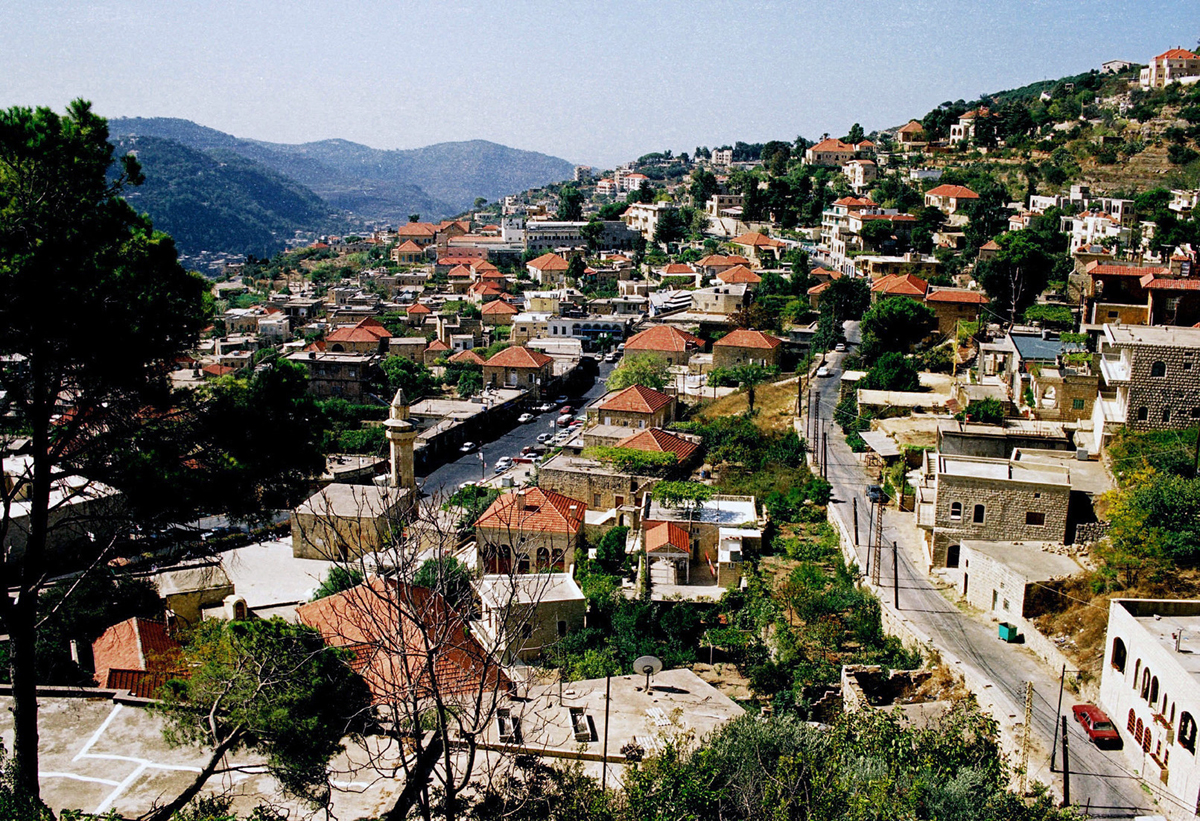 MORNING
MORNING
While driving up to Shouf from Beirut, you will pass Deir el Qamar, one of the region’s prettiest villages. Deir el Qamar has an interesting history that reflects the country’s tolerant religious roots, once hosting a church, a synagogue and a mosque within its central square.
- READ MORE: Mini Guide to Beiteddine and Deir el Qamar
Start the day with a coffee on the terrace of Beit al Qamar (03 661411, soukeltayeb.com). Afterwards, take a walk along the streets of Deir el Qamar to admire the beautiful architecture, characterized by red-roofed houses and arched windows.
 AFTERNOON
AFTERNOON
Spend a few hours enjoying a traditional Lebanese lunch at one of the Barouk guesthouses before taking a tour of Barouk with local guide Lilian Amatouri (05 350350). Visit the archaeological landmarks of the area, such as Al Noss watermill and the grape press of Al Wata, and connect with the village’s past.
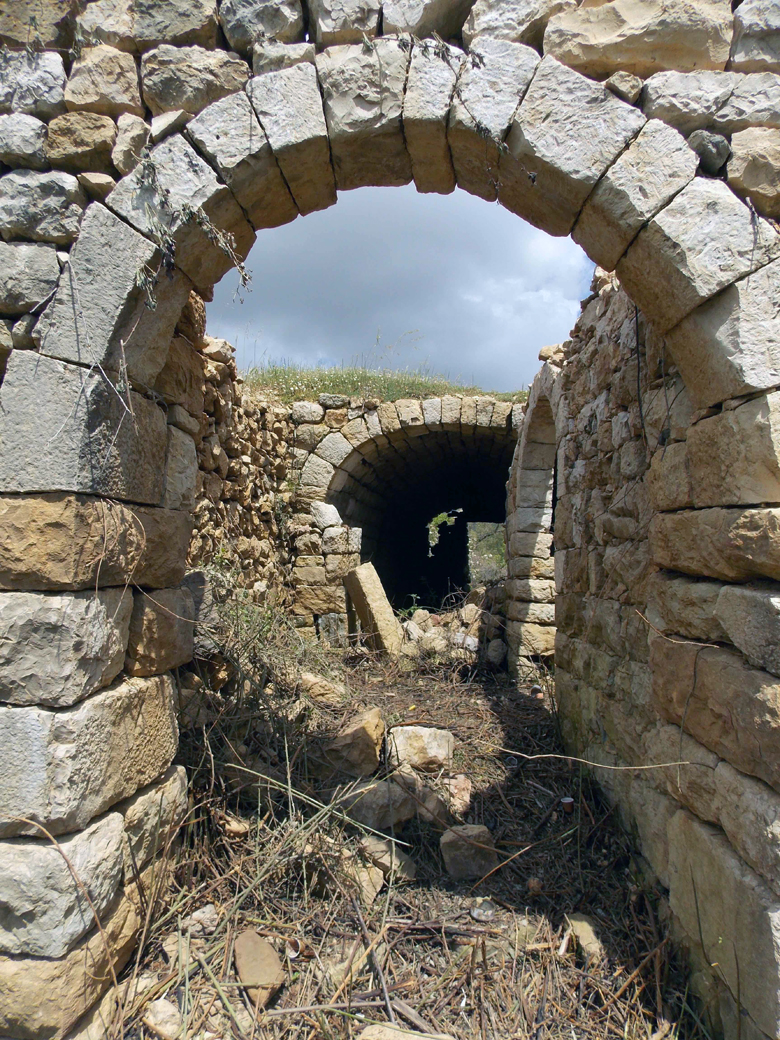 The watermill was built in the Ottoman period and features two limestone arches; villagers would gather there during the grape harvest season. The Al Wata press was built on the site of a Roman grape press and had been used to produce grapes from Roman times until the 1970s.
The watermill was built in the Ottoman period and features two limestone arches; villagers would gather there during the grape harvest season. The Al Wata press was built on the site of a Roman grape press and had been used to produce grapes from Roman times until the 1970s.
After exploring the mills, visit the Rachid Nakhle Cultural Center (03 217651) to see the works of village poet Rachid Nakhle and his son Amin, who was dubbed the Prince of Prose. Don’t miss their documentary on the natural, historical and touristic attractions of Barouk. In the evening, pass by Barouk’s water spring, the village’s main source of drinking water.
EVENING
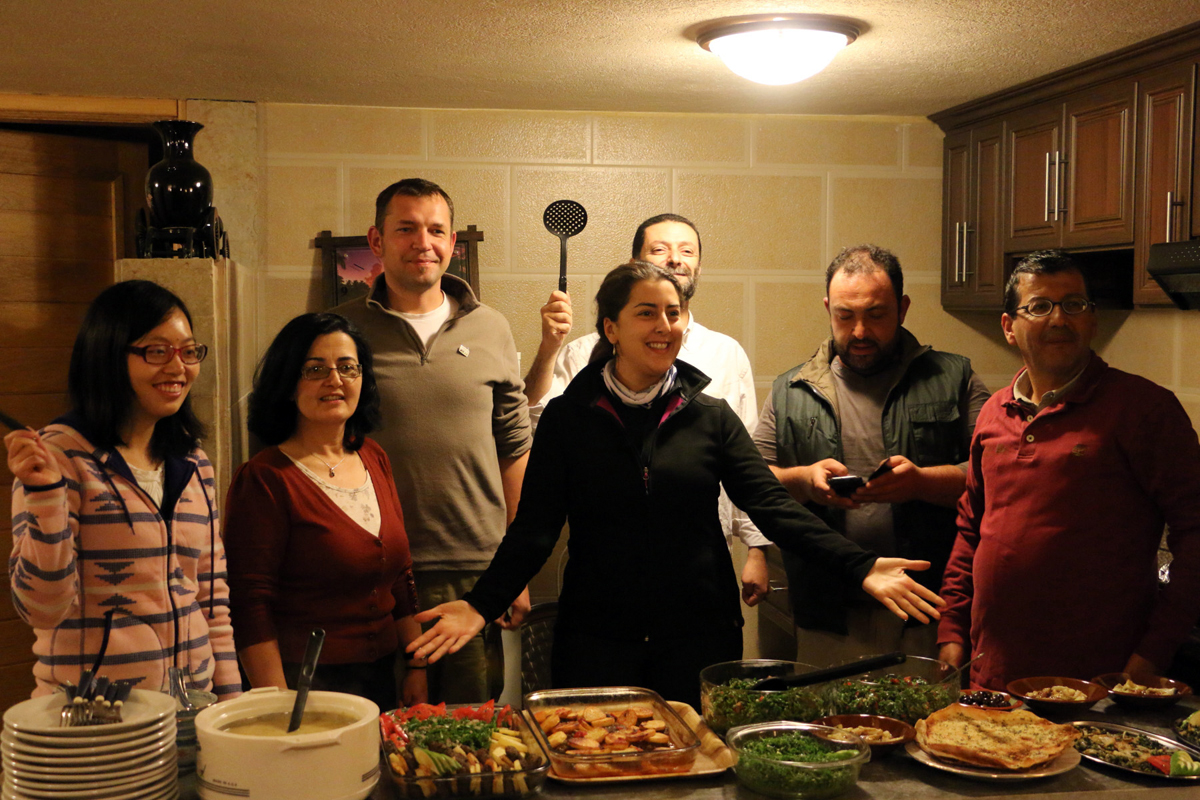 Guesthouses in the area can prepare a delicious traditional homemade dinner from seasonal products. If you want to get deeper into the food culture of the region, request a cook-along session at Akram Mahmoud Guesthouse (03 829102), where Akram and his wife will show you how to prepare traditional dishes.
Guesthouses in the area can prepare a delicious traditional homemade dinner from seasonal products. If you want to get deeper into the food culture of the region, request a cook-along session at Akram Mahmoud Guesthouse (03 829102), where Akram and his wife will show you how to prepare traditional dishes.
DAY TWO
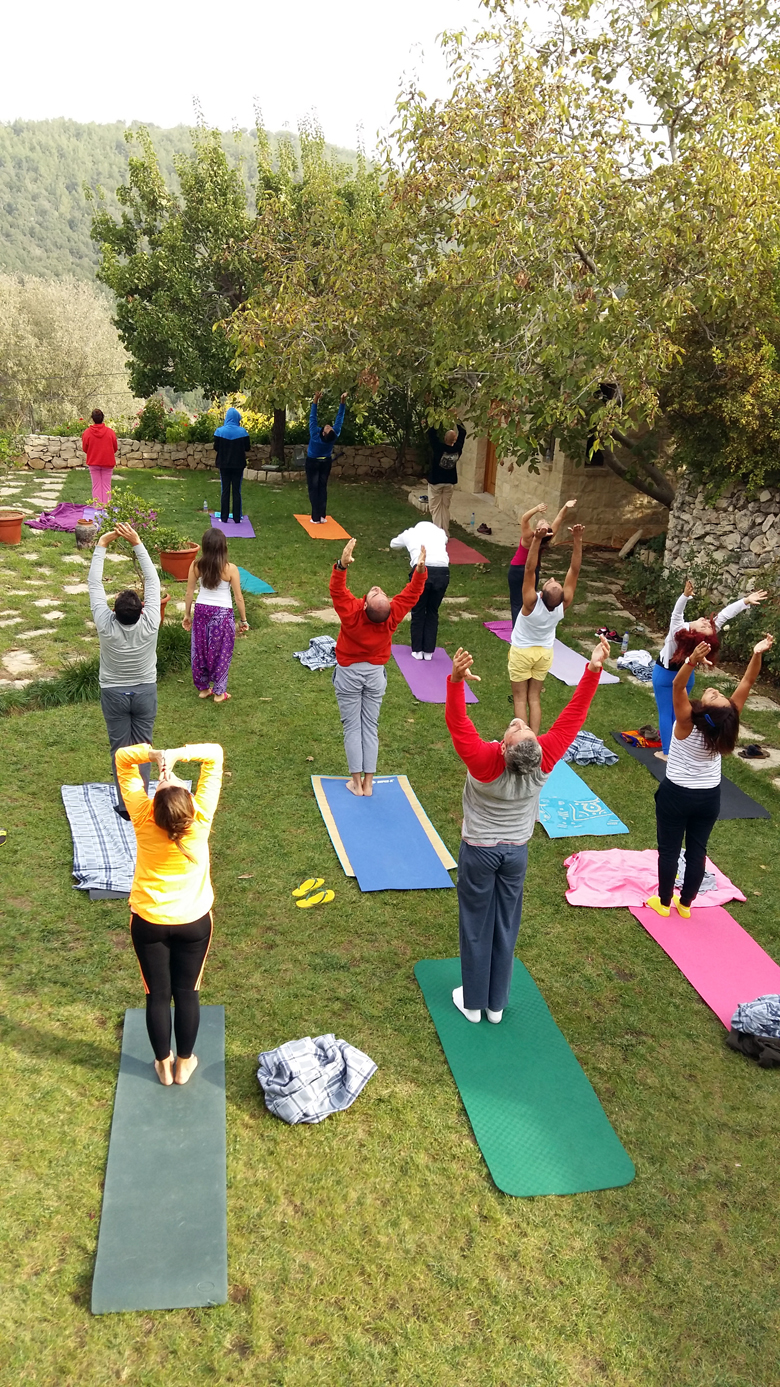 MORNING
MORNING
Enjoy a typical Lebanese breakfast of homemade jams, local cheeses, olives, manouche and warm flat breads at the guesthouse. After breakfast, connect with the countryside by engaging in farming or harvesting activities like picking apples or figs, planting crops and collecting honey from beehives (Cezar Mahmoud, 03 051106).
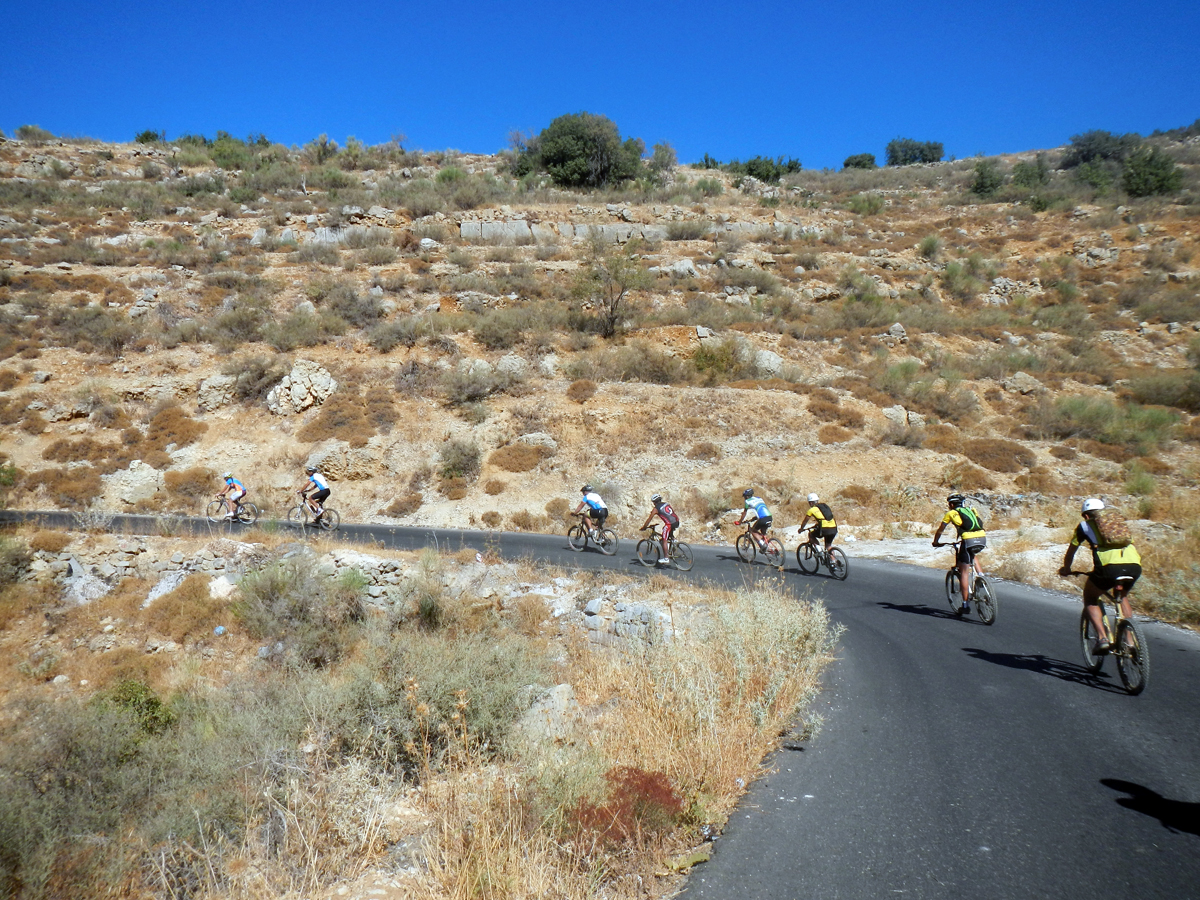 AFTERNOON
AFTERNOON
Rent a mountain bike from the Shouf Biosphere Reserve (05 350250, shoufcedar.org) at the Barouk Forest entrance and cycle along the trail to enjoy the surrounding views. Alternatively, you can take a shorter hike to Ain Zhalta/Bmohray Cedar Forest entrance and explore one of the oldest documented cedar forests in history — with some trees estimated to be over 2,000 years old.
For a longer hike, head to the mountains of the reserve and pass by Ain Zhalta’s spring. Remember to take a break under the old cedar trees.
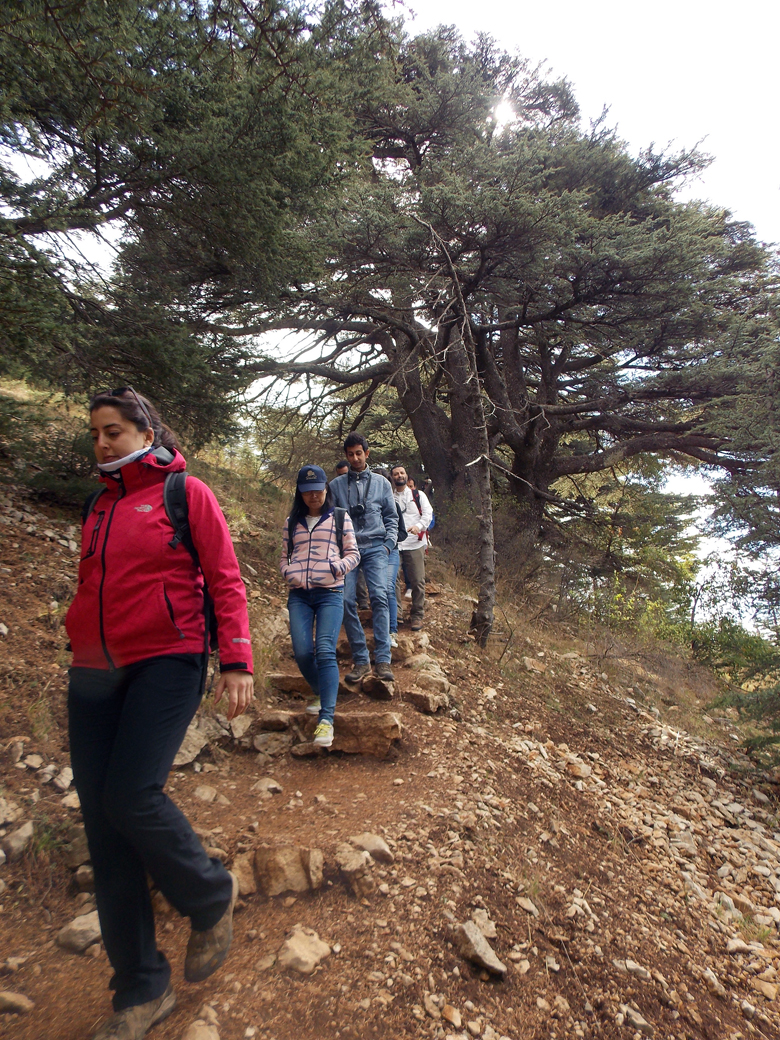
EVENING
Before the sun sets, visit the Assaf brothers’ atelier (Mansour Assaf, 03 737528) in Ain Zhalta to see modern sculptures and statues of past and current personalities from the world of history, religion, culture, science and art; all carved from Italian marble, limestone, basalt and bronze.
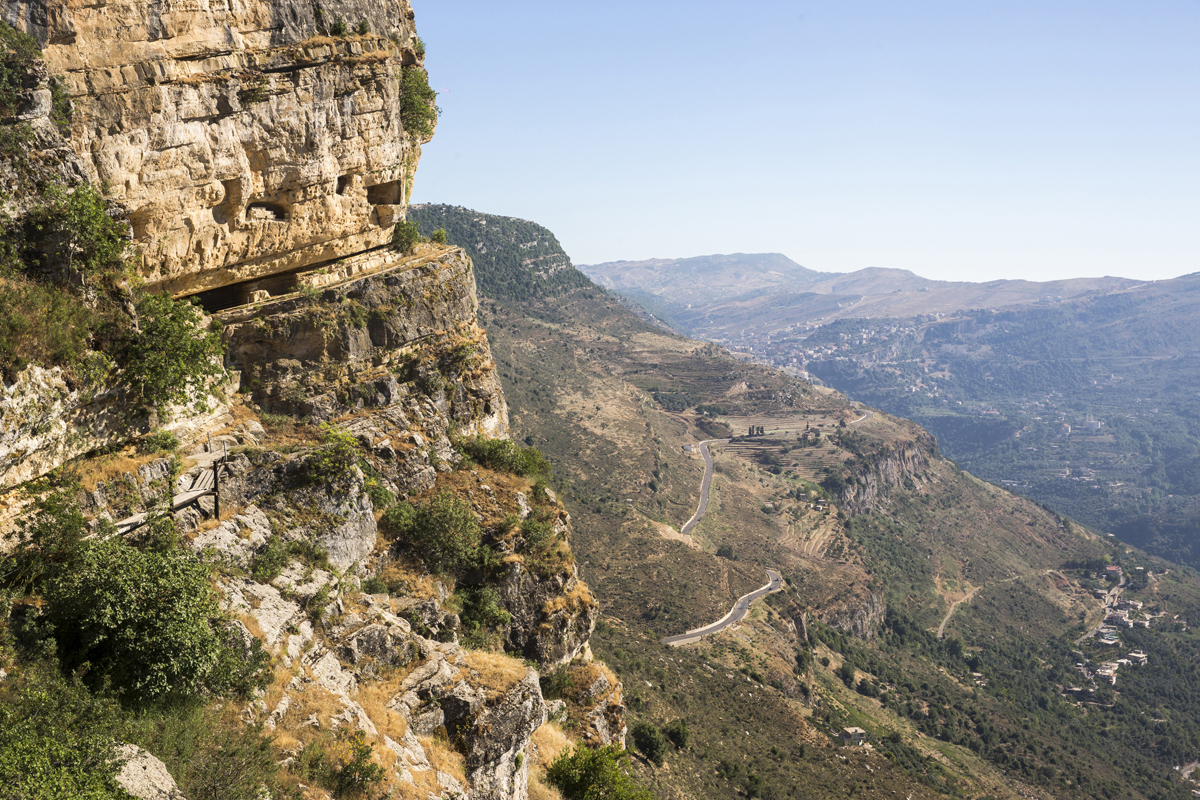 The nearby Niha Fortress, a significant historical and cultural monument carved into the cliff, dates back to around 975 AD and offers exceptional views of the valley below.
The nearby Niha Fortress, a significant historical and cultural monument carved into the cliff, dates back to around 975 AD and offers exceptional views of the valley below.
- READ MORE: Tale As Old As Time: Temples In Lebanon
Later, enjoy dinner at Eid Guesthouse (71 131104) in Ain Zhalta where you’ll be served traditional dishes such as shish barak with sumac, and emayshi.
Alternative Accommodations:
DEIR EL QAMAR
- Maison du Bonheur: 81 064460, hotelibanais.com
- Dar Linda: 81 064460, hotelibanais.com
- Deir El Oumara: 05 511557, deiraloumara.com
- Beit El Jabal: 70 954057
BEITEDDINE
- Beit Lebbos: 70 283838, beitlebbos.com
- Mir Amin Palace: 05 501315, miraminpalace.com
- Bouyouti: 03 310200, bouyouti.com
KFARHIM
- Bkerzay: 03 512020, bkerzay.com
AIN ZHALTA
- La Maison des Sources: 70 140658, lamaisondessources.com
Loading


